Unlocking Material Innovation: The Power and Precision of Spark Plasma Sintering
Created at :
Apr 1, 2024
Spark plasma sintering (SPS) is a type of powder metallurgy process used to compact and sinter materials into dense structures at relatively low temperatures and high heating rates. An SPS machine, also known as a spark plasma sintering machine or spark plasma sintering system, is the equipment used to carry out this process.
Here's how it works:
- Powder Preparation: The material to be processed is typically in powder form. This could be metals, ceramics, composites, or even nanomaterials.
- Loading: The powder is loaded into a die cavity. The die is usually made of graphite or other conductive materials.
- Application of Pressure and Heat: A pulsed direct current (DC) is passed through the die and the powder compact. This current creates a high-temperature plasma discharge at the contact points between particles. Simultaneously, pressure is applied to the powder mass. The combination of heat and pressure promotes rapid densification of the material.
- Densification: The high temperature and pressure cause the powder particles to bond together, resulting in densification. This process can occur within minutes to hours, depending on the material and the desired properties.
- Cooling: After the sintering process is complete, the material is allowed to cool down gradually to room temperature. This helps in reducing thermal stresses and preventing cracks in the final product.
The advantages of spark plasma sintering include:
- Ability to sinter a wide range of materials, including those that are difficult to sinter using traditional methods.
- Short processing times, allowing for rapid fabrication of parts.
- The ability to achieve high-density materials with fine microstructures.
- The capability to produce near-net-shape parts with complex geometries.
Spark plasma sintering (SPS) systems are used in various industries, including aerospace, automotive, electronics, and biomedical, for manufacturing components with specific mechanical, electrical, or thermal properties.
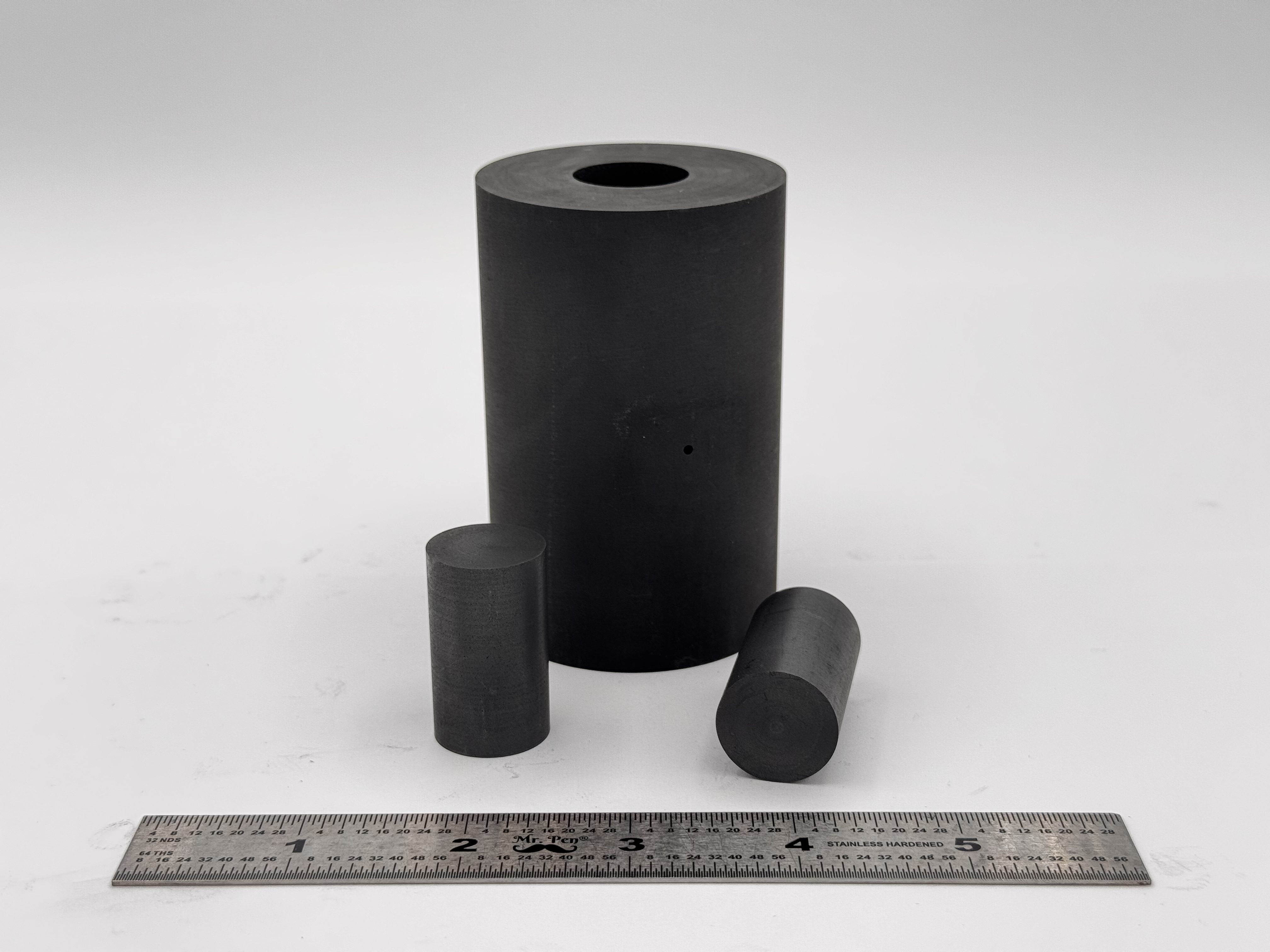 High Strength SPS Graphite Tooling
High Strength SPS Graphite Tooling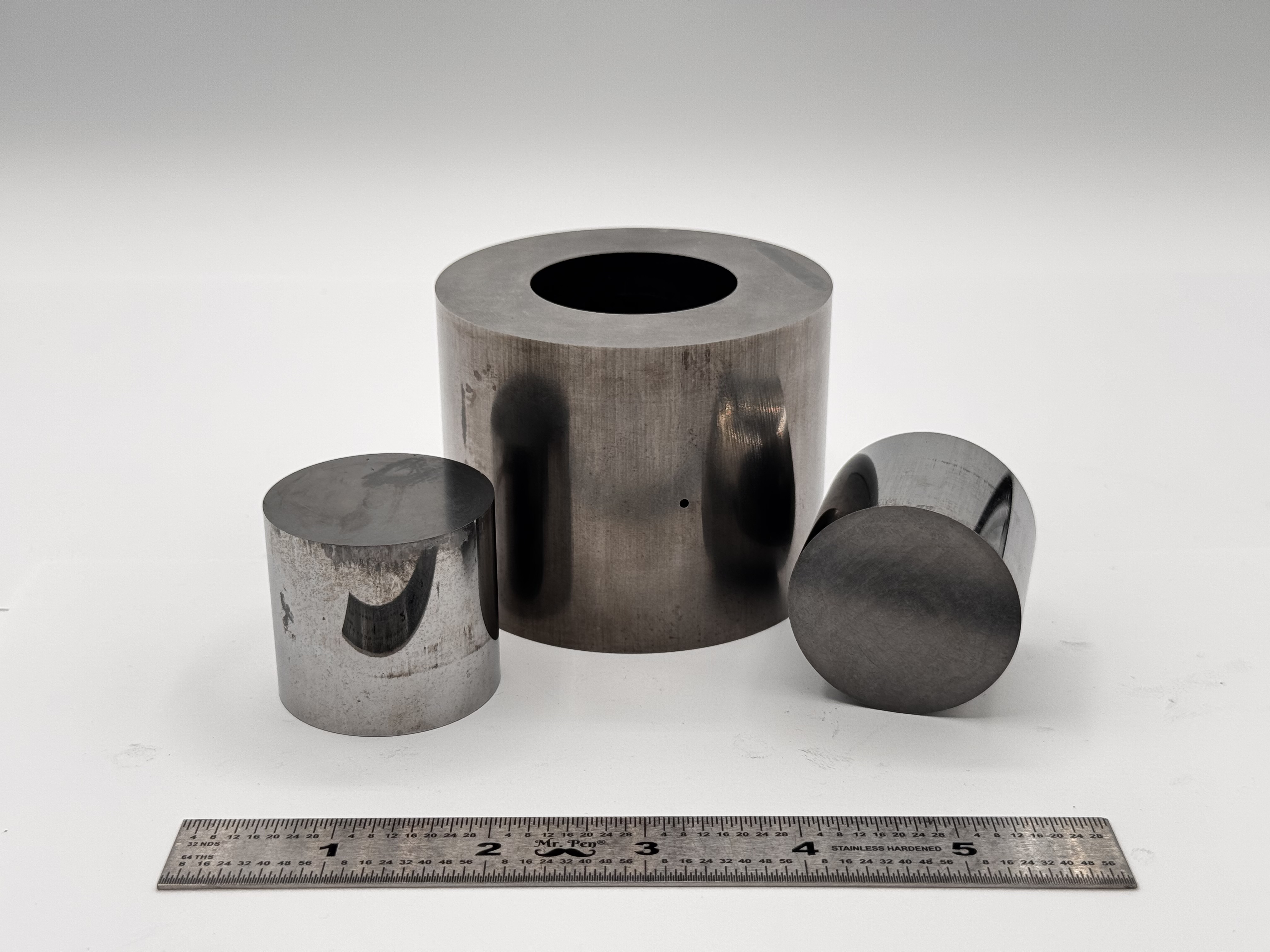 Tungsten Carbide Tooling
Tungsten Carbide Tooling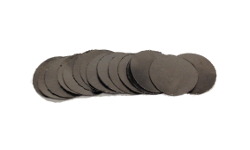 Carbon Graphite Foil / Paper
Carbon Graphite Foil / Paper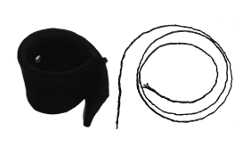 Carbon Felt and Yarn
Carbon Felt and Yarn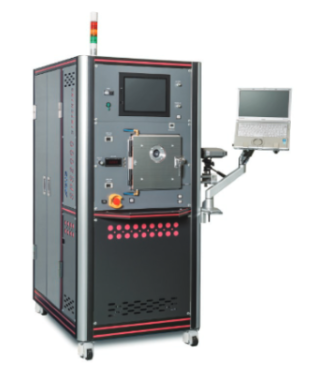 Spark Plasma Sintering Systems
Spark Plasma Sintering Systems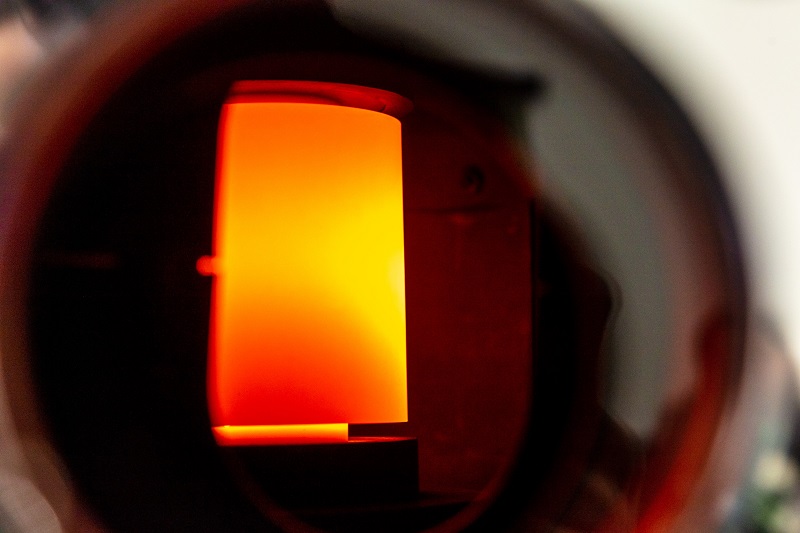 SPS/FAST Modeling Software
SPS/FAST Modeling Software